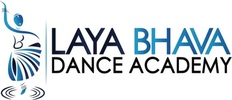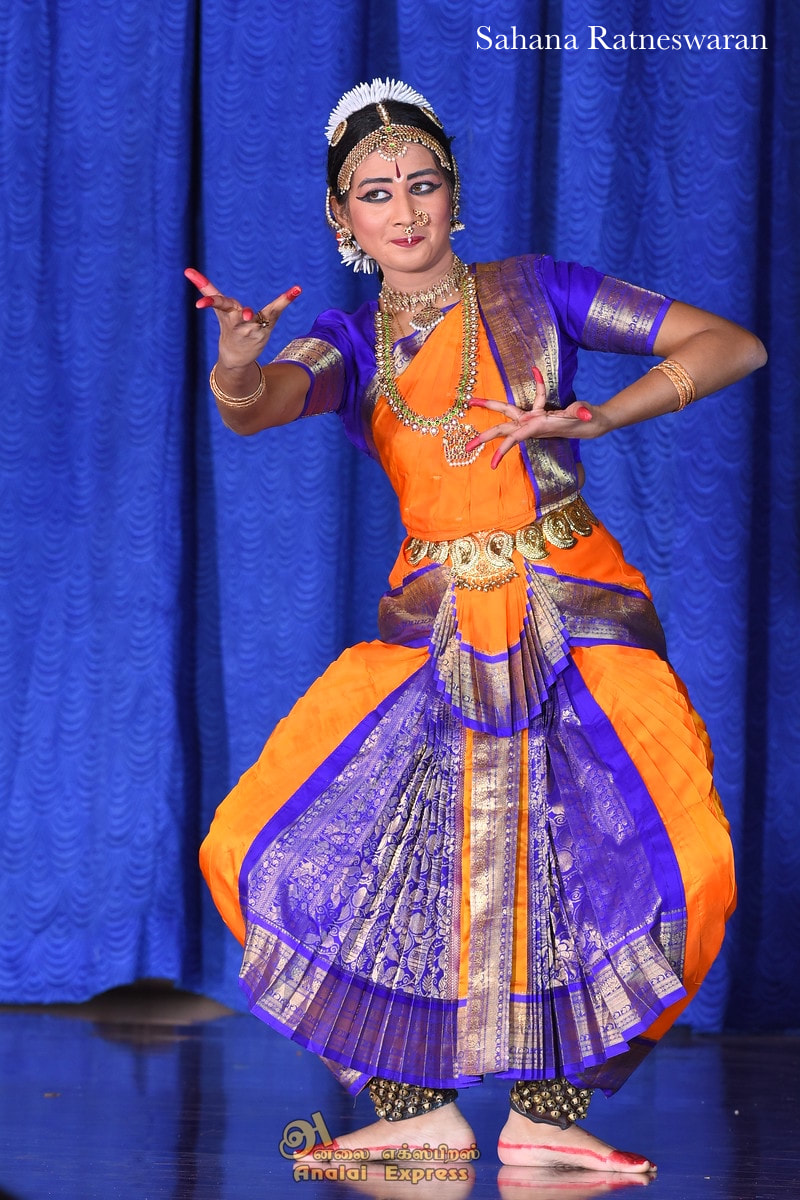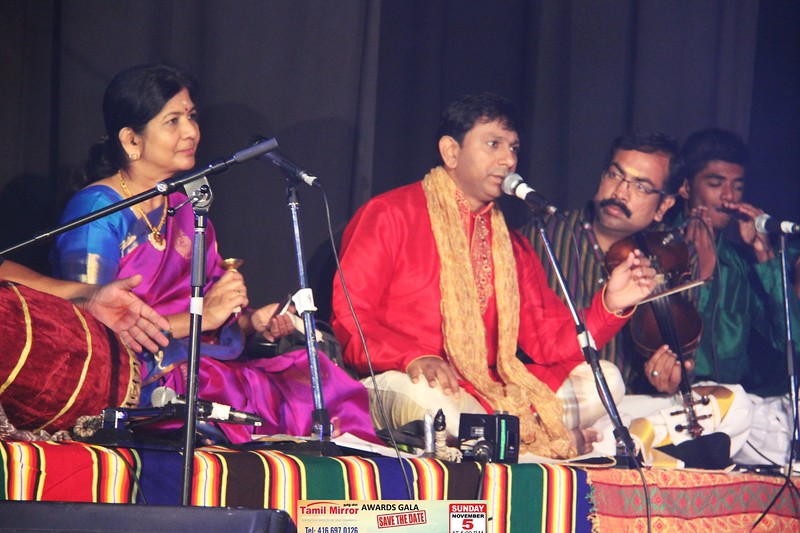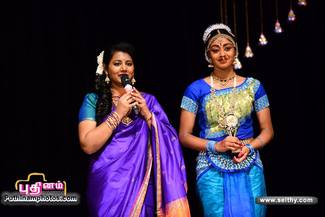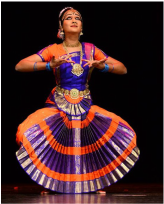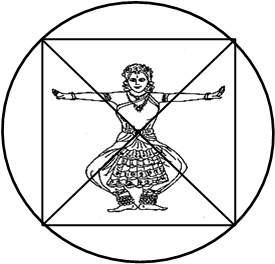
Knowledge that is not put into practice is like food that is not digested.
-Sri Sathya Sai Baba |
|
|
Congratulations to Vaisnavi Shanthamoorthy for winning first place in the under 15 years old category at Navarasa Natyam Dance Competition 2016 (Canadian Nationals) on Sunday September 25th 2016 at the Chinese Cultural Center.
|
Congratulations to Sahana Ratneswaran for winning first place in the over 15 years old category at Navarasa Natyam Dance Competition 2016 (Canadian Nationals) on Sunday September 25th 2016 at the Chinese Cultural Center.
|
Call 763-496-7333 / 647-802-3498 or email us at [email protected]
NEW PROGRAMS at LBDA
ADULT DANCE CLASSES
This class is for the adults looking to learn dance. You are never too old to learn to dance. Adults aged 20+ get to learn dance and prevent osteoporosis by exercising. Good health and exercise are taught in these classes. These classes are fun and educational. Adult students are also given performance opportunities.
Our locations
|
MARKHAM
(MARKHAM & 14th) 68 Apollo road L3S4H1 Wednesdays 6pm-8pm Saturdays 10am - 5pm |
THORNHILL (Starting from March 2024)
34 Doncaster Ave (Unit 6), Thornhill, ON L3T4S1 |
NORTH YORK
2800 Don Mills Rd., North York, ON M2J 3B6 North TORONTO Mount Pleasant Station & Eglinton |
|
|
|
INTERESTING ARTICLE RELATED TO BHARATANATYAM
ARAIMANDI, The Brilliance of Bharatanatyam
As a teacher of Bharatanatyam I get a lot of complaints on how they want to quit, as araimandi and muzhumandi seem to be postures which are very painful. I wondered in my years of learning did I feel the same. It used to be painful but it did not want me to give up. I want to understand the origin of araimandi in dance and why the generation today almost finds it impossible to continue because of that.
The word araimandi basically means half sitting posture and closely resembles the Ayata Mandala. Mandala is basically a body posture which may involve a small movement. Ayata Mandala is defined inAbhinaya Drapanam as: “Standing in Chaturasra bending the knees slightly and obliquely and keeping a distance of Vitasati between the two feet “(A.D 692-93, Translation by Prof.P.S.R.Appa Rao). Another important aspect is saushtava which means that the body posture is erect without a hunch. The height of a person decided the araimandi, the distance from the navel to the head should be equal to the distance from the navel to the ground.
One Vitasati is half a cubit according to scholar Manmohan Ghosh which equals to 22.86 cm, being a standard measurement it has to be the distance between the feet as measured from the heels. This is definitely not the distance allowed by our traditional gurus maximum allowed space seems to be generally a space of two fingers and the heels are always touching the ground. Bending the knees obliquely means there is a slant and not a complete turn out of the knees, but in araimandi one is required to get a complete turn out of the knees. This turn out happens from the thigh and not just from the feet and differs from person to person. If we observe some of the dance sculptures we can see the complete turn out of knees which is obviously in stone quite easy but in human body it needs practice and for some, the body structure might not allow it.
The araimandi closely resembles the demi-plié of western ballet, where there is greater emphasis on the knee turn out. As we tend to standardize ourselves according to the west I hope the dancers and the critiques are not doing the same with araimandi seeing demi plié as a standard. As I feel that in ballet demi plié is one of the postures whereas in Bharatanatyam Araimandi is “the “posture.
The spiritual symbolism of araimandi is that it becomes a mandala where the body is divided into two equal trianbles with their apex meeting at the naval inside a square. A mandala is a symbolic of the cosmos, it is a sacred space and with deep focus on the mandala one aims to dissolve the microcosm into the macro.
The body of the dancer not only acts as the mandala but also the axis mundi connecting the heaven and the earth. This body of the dancer so imagined also resembles the damru held in lord Nataraja’s hand which produced the first sounds leading to creation.
Another interesting aspect about body postures in stylized dancing which I read was in a book called “The Secret Art of The Performer “by Eugenio Barba & Nicola Savarese , here they call the unnatural balance of the body as precarious balance and that it prepares the body of the dancer in such a way that they look alive even before they start. As a Bharatanatyam dancer I definitely feel thataraimandi is such a posture. Under the same topic a Japanese Buyo dancer says “My master used to say that every performer has to find his own power centre. If he finds that all movements will be powerful. But this power is not synonymous with tension of violence.” This is exactly how I feel as a performer and a viewer, when adavus are done in a perfect araimandi they not only look powerful but graceful. The power center in Bharatanayam happens
to be the navel in the araimandi and it automatically creates energy in the dance if perfected.
Each person’s body is going to react differently to this posture. It is better to start at the age of 7 when the body is able to take the strain. It is a slow process in which our body muscles get trained to turn and bend the knee. It cannot be achieved overnight but one has to push oneself to get there. Like in any athletic sport where one has to train the body to get accustomed to postures and movements so is in Bharatanatyam. Doing Bharatanatyam in thataraimandi position can have spiritual and philosophical connotations but simply put it has to be experienced and cannot be expressed. It is painful initially but once you overcome that it gives you a sense of power which untrained bodies do not have. The amount of exposure to different forms of art and sports is in a way wonderful but also sad that people tend to push around their children everywhere. As a result they are tired before a dance class and don’t want to push themselves. It is important to know things but it would be better to delve into one thing deeper.
As a teacher of Bharatanatyam I get a lot of complaints on how they want to quit, as araimandi and muzhumandi seem to be postures which are very painful. I wondered in my years of learning did I feel the same. It used to be painful but it did not want me to give up. I want to understand the origin of araimandi in dance and why the generation today almost finds it impossible to continue because of that.
The word araimandi basically means half sitting posture and closely resembles the Ayata Mandala. Mandala is basically a body posture which may involve a small movement. Ayata Mandala is defined inAbhinaya Drapanam as: “Standing in Chaturasra bending the knees slightly and obliquely and keeping a distance of Vitasati between the two feet “(A.D 692-93, Translation by Prof.P.S.R.Appa Rao). Another important aspect is saushtava which means that the body posture is erect without a hunch. The height of a person decided the araimandi, the distance from the navel to the head should be equal to the distance from the navel to the ground.
One Vitasati is half a cubit according to scholar Manmohan Ghosh which equals to 22.86 cm, being a standard measurement it has to be the distance between the feet as measured from the heels. This is definitely not the distance allowed by our traditional gurus maximum allowed space seems to be generally a space of two fingers and the heels are always touching the ground. Bending the knees obliquely means there is a slant and not a complete turn out of the knees, but in araimandi one is required to get a complete turn out of the knees. This turn out happens from the thigh and not just from the feet and differs from person to person. If we observe some of the dance sculptures we can see the complete turn out of knees which is obviously in stone quite easy but in human body it needs practice and for some, the body structure might not allow it.
The araimandi closely resembles the demi-plié of western ballet, where there is greater emphasis on the knee turn out. As we tend to standardize ourselves according to the west I hope the dancers and the critiques are not doing the same with araimandi seeing demi plié as a standard. As I feel that in ballet demi plié is one of the postures whereas in Bharatanatyam Araimandi is “the “posture.
The spiritual symbolism of araimandi is that it becomes a mandala where the body is divided into two equal trianbles with their apex meeting at the naval inside a square. A mandala is a symbolic of the cosmos, it is a sacred space and with deep focus on the mandala one aims to dissolve the microcosm into the macro.
The body of the dancer not only acts as the mandala but also the axis mundi connecting the heaven and the earth. This body of the dancer so imagined also resembles the damru held in lord Nataraja’s hand which produced the first sounds leading to creation.
Another interesting aspect about body postures in stylized dancing which I read was in a book called “The Secret Art of The Performer “by Eugenio Barba & Nicola Savarese , here they call the unnatural balance of the body as precarious balance and that it prepares the body of the dancer in such a way that they look alive even before they start. As a Bharatanatyam dancer I definitely feel thataraimandi is such a posture. Under the same topic a Japanese Buyo dancer says “My master used to say that every performer has to find his own power centre. If he finds that all movements will be powerful. But this power is not synonymous with tension of violence.” This is exactly how I feel as a performer and a viewer, when adavus are done in a perfect araimandi they not only look powerful but graceful. The power center in Bharatanayam happens
to be the navel in the araimandi and it automatically creates energy in the dance if perfected.
Each person’s body is going to react differently to this posture. It is better to start at the age of 7 when the body is able to take the strain. It is a slow process in which our body muscles get trained to turn and bend the knee. It cannot be achieved overnight but one has to push oneself to get there. Like in any athletic sport where one has to train the body to get accustomed to postures and movements so is in Bharatanatyam. Doing Bharatanatyam in thataraimandi position can have spiritual and philosophical connotations but simply put it has to be experienced and cannot be expressed. It is painful initially but once you overcome that it gives you a sense of power which untrained bodies do not have. The amount of exposure to different forms of art and sports is in a way wonderful but also sad that people tend to push around their children everywhere. As a result they are tired before a dance class and don’t want to push themselves. It is important to know things but it would be better to delve into one thing deeper.
